For wine professionals working in the hospitality business, the skill is in the service. What do they need to think when putting together a wine list? What will help sommeliers to make purchase and storage decisions?
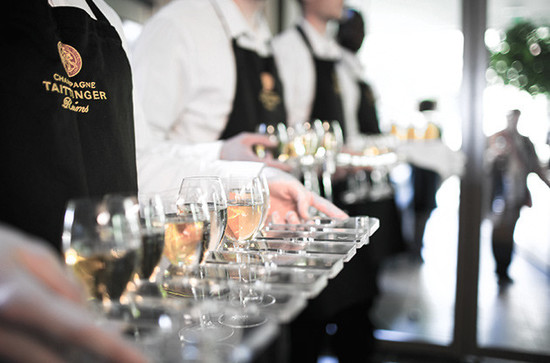
It’s sometimes easy to forget, while memorizing and analyzing the indigenous grapes of Italy, that wines schools train wine professionals, and wine professionals are in the hospitality business. For them, it is not simply enough to be able to pontificate on the monopoles of the Côtes-du-Rhône or the age-worthiness of Super Tuscans – the skill is in the service.
A wine professional applies their deep knowledge of “wine the concept” all while ordering inventory, guiding customers and storing “wine the commodity.” They apply the years of learned knowledge while building out a wine menu: one, perhaps, that offers the diner the right mix of comfort and appropriate pricing, with just a hint of adventure and obscurity, all while meeting the restaurant’s desired budgets and margins. They apply the hard-earned concepts, like understanding of a grape’s flavor profile and a winemaker’s signature, when working with Chef to create a multi-course pairing dinner. They apply it when offering suggestions to the guest or fielding questions, complaints or compliments.
The WSET Level 2 text and workbook offers brief discussions on the topic (it gets greatly expanded in Level 3 and the Diploma). Because wine service is part and parcel of the whole concept of what wine is and what truly defines a wine professional, rather than spend a concentrated day discussing the details in class, our instructor May Matta-Aliah of In the Grape incorporated service elements throughout each class. From pairing suggestions with our weekly tastings to the proper way to open a Champagne bottle (not, as I’d hoped, with a loud pop, a dangerous projectile and bubbling wine spilling over beautiful models).
“Understanding storage and service is vital,” Matta-Aliah told the class which consisted of people already in the service industry or in wine shops, as well as those hoping to launch a career. From the second week of class, as we studied the factors affecting quality and price of age-worthy wines versus “every day” wines, elements of proper storage were outlined.
“All of the practices that go into grape growing, harvesting and winemaking have a dollar value attached to them,” Matta-Aliah said. This, in turn influences the sommelier’s understanding of the importance of proper storage, inventory selection, and budgeting – when is it prudent, for example, to replace a well-regarded but expensive wine with a less expensive hidden gem?
When we arrived at the Pinot Noirs of Burgundy, the complexities of how vineyards are managed and categorized and grapes are bought and sold make it vital, she noted, to “know your producers.” This guides the wine professional in making the best buying and collecting decisions possible, and helps when attempting to replicate that impossible-to-find bottle you and your guests enjoyed.
In general, the nuts-and-bolts of storage are relatively straightforward: Wines with corks should be stored on their sides. Different wine styles are best stored, and later served, at different temperatures, always out of the light. Avoid storing wines in the kitchen or anywhere that experiences broad temperature fluctuations.
Though, for classroom purposes and per WSET guidelines, all tastings were done in the same stemmed wine glass, learning traditionally appropriate glassware for the wide variety of styles enhances the guest’s experience and looks great to boot. If you happened to catch the television miniseries “Uncorked” or the movie “Somm”, both of which track the gruelling process of trying to pass the exclusive Court of Master Sommeliers exam, you know that even such seemingly simple tasks as properly opening a bottle of wine can sometimes trip up even very experienced sommeliers and stewards.
“The challenge isn’t simply cosmetic, improperly opening a bottle can leave cork residue, cause spillage and even physical damage.”
When it comes to pairings, Matta-Aliah regularly offered up insightful, detailed suggestions, taking the concept well beyond “meat for red, fish for white.” In general pairing suggestions would complement existing flavors or character in the wines, sometimes they would appropriately contrast – tart, bright wines, for example, cutting through heavy fats or overpowering spices. The 2014 Albariño from the Rías-Baixas DO in Spain, for example, “shines” when paired with seafoods and sauce-driven paellas. A medium-bodied Tuscan Chianti Classico, on the other hand, “really wants an ossobuco. It’s a whole different beast when paired with food,” according to Matta-Aliah.
Oh… and that model-free Champagne service? Keep one hand over the cage at all times – it doesn’t get twisted completely free of the cork – and turn the bottle, not the cork.
Also read:
Closures of wine bottles and how to open them
All rights reserved by Future plc. No part of this publication may be reproduced, distributed or transmitted in any form or by any means without the prior written permission of Decanter.
Only Official Media Partners (see About us) of DecanterChina.com may republish part of the content from the site without prior permission under strict Terms & Conditions. Contact china@decanter.com to learn about how to become an Official Media Partner of DecanterChina.com.

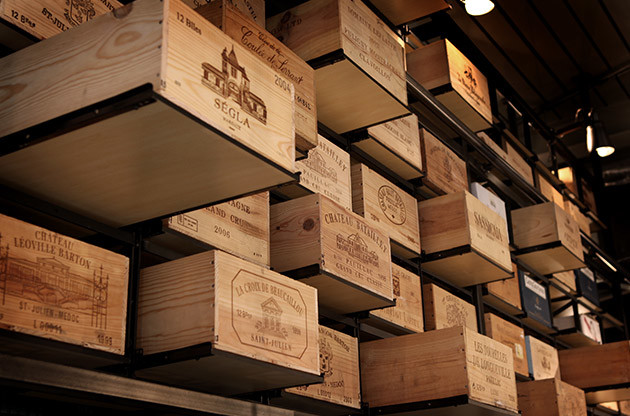

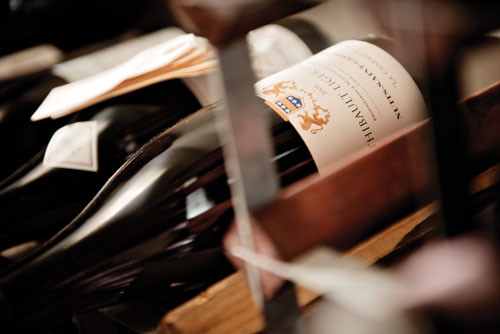
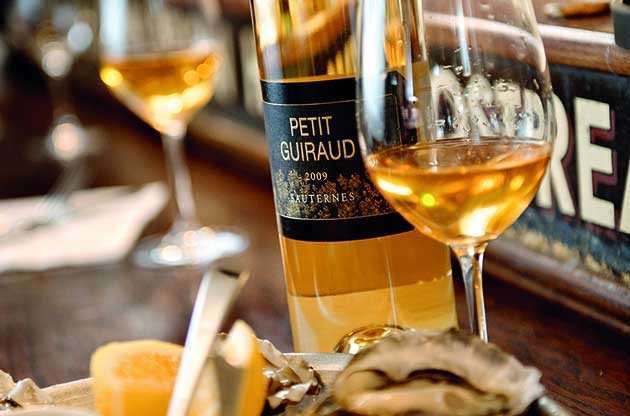
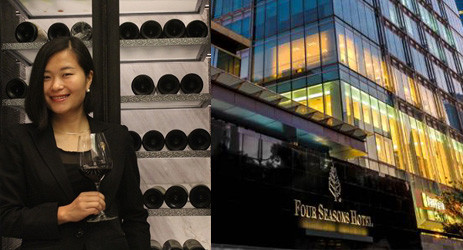
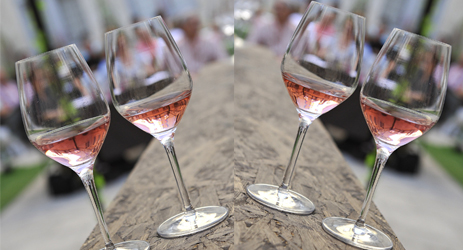
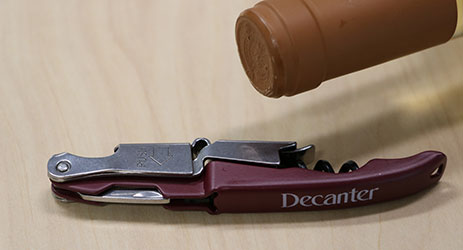

Comments
Submit